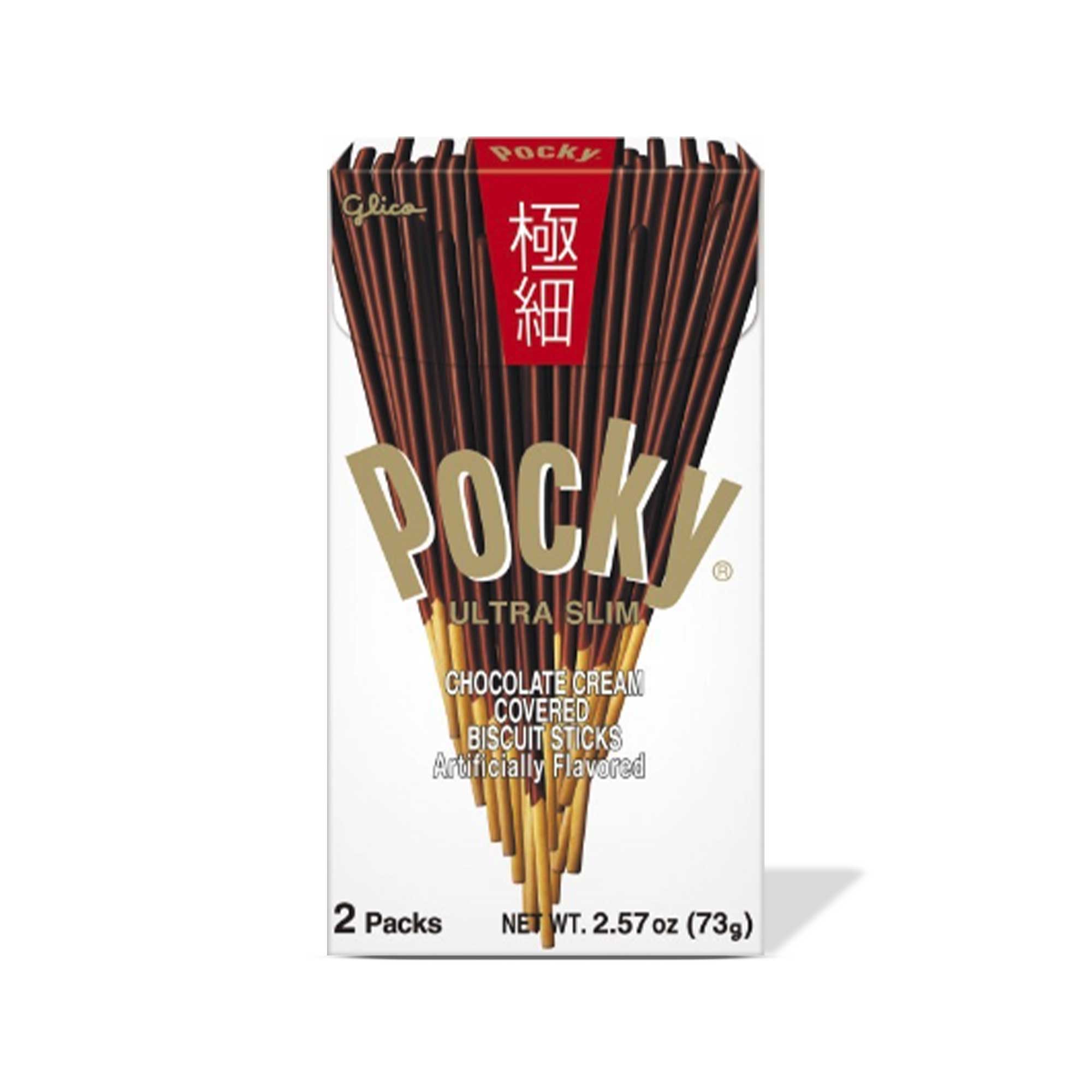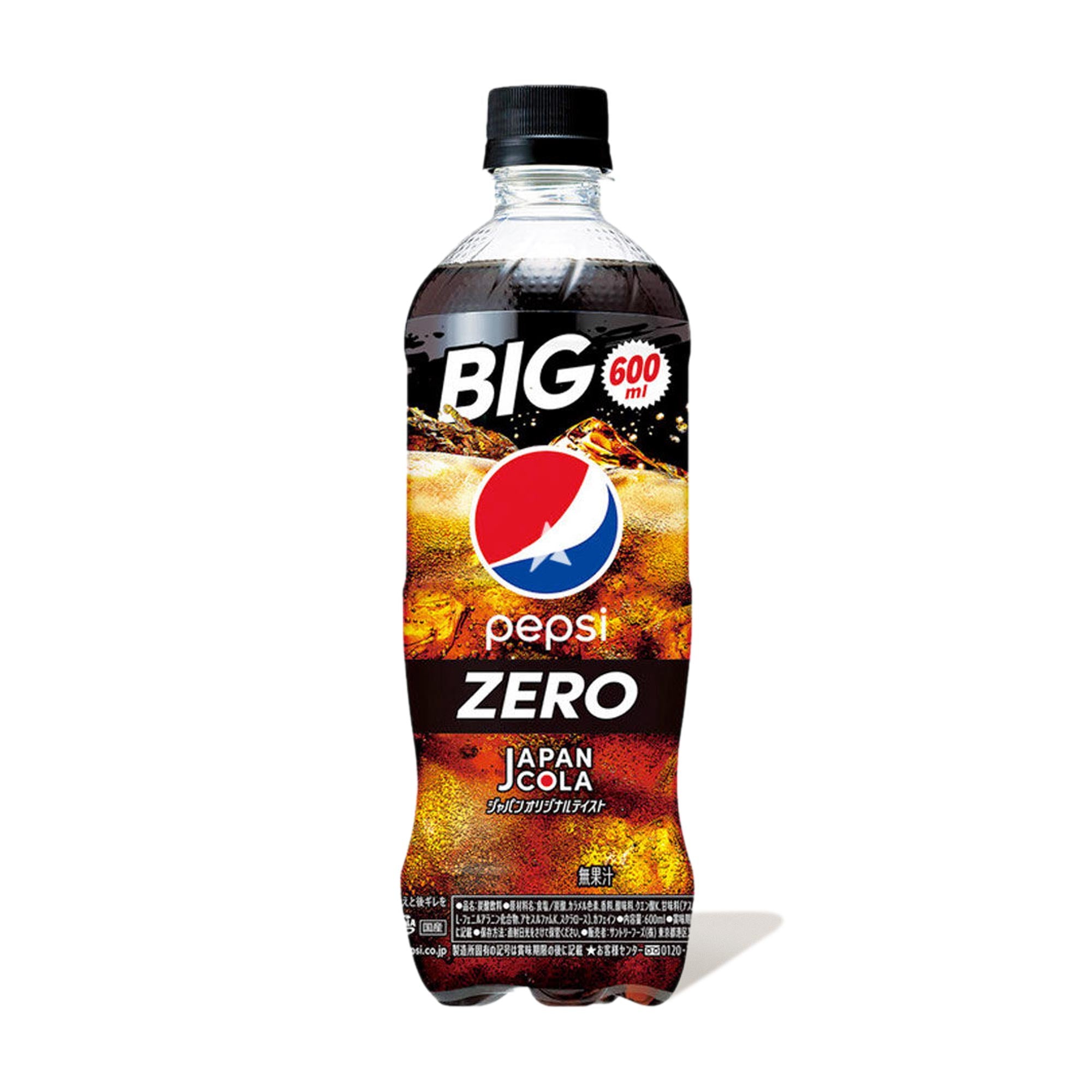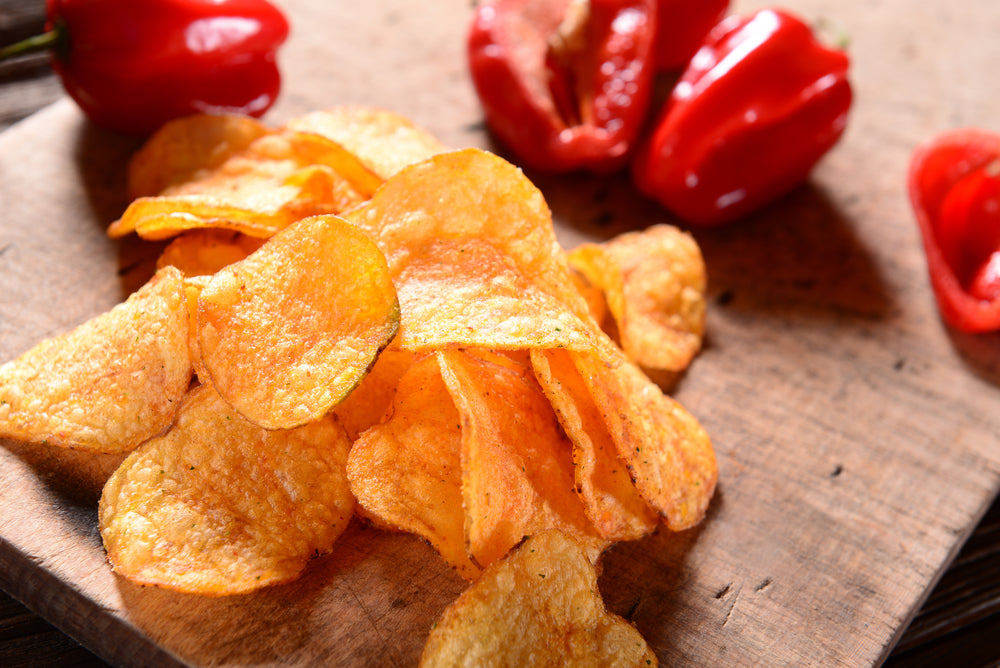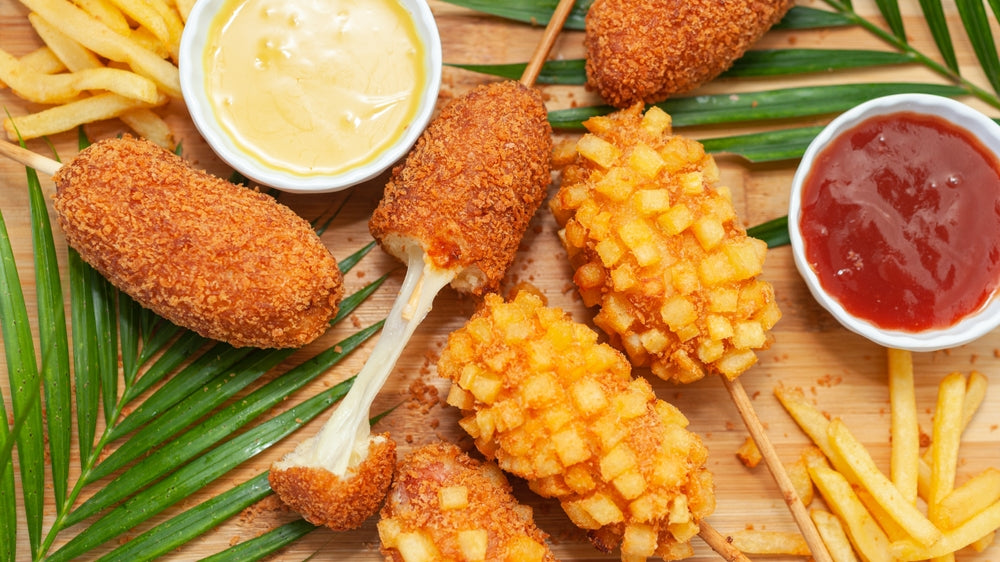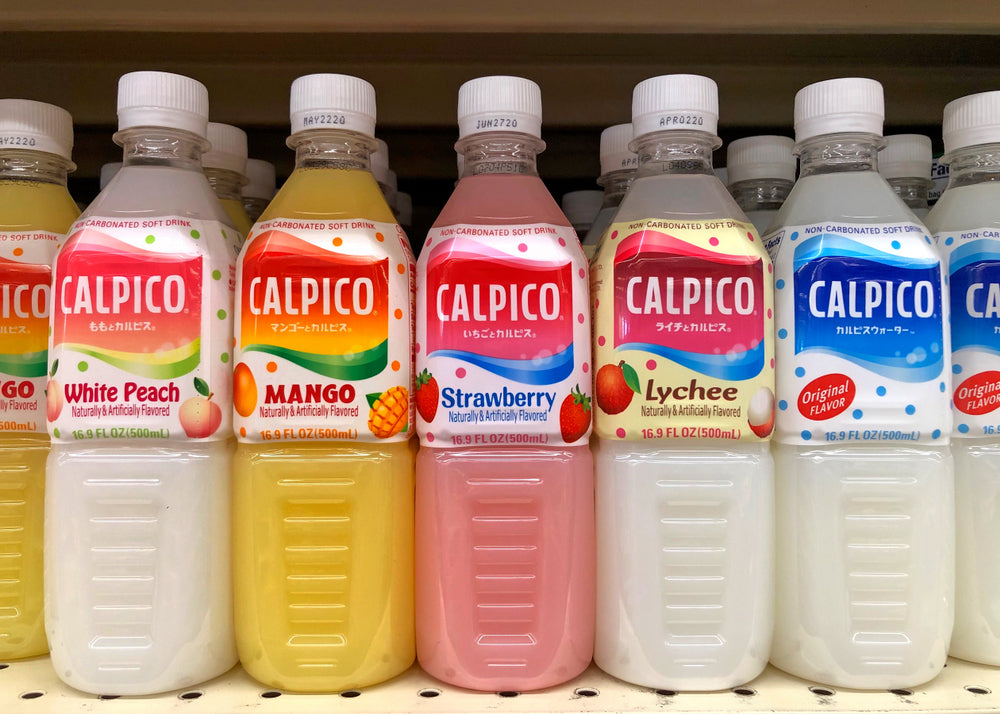What's The Difference Between Types of Asian Rice?
With over 400,000 different varieties of rice in the world, it’s easy to think you won’t be able to tell the difference between them. Rice accompanies all manner of dishes, from curries, soups and stir fries to sushi, burritos, risotto and paella. In some parts of the world, rice is seen as an essential staple and is eaten at every meal, multiple times a day.
All of which begs the question: what exactly is rice?
What Is Rice?

We all think we know what rice is, right? It’s been consumed by various cultures across the world since it was first domesticated in China, at least 10,000 years ago. Archeologists have proven that hunter-gatherers began growing rice near the Yangtze River – and this growing and cultivation never stopped.
As the origin of rice consumption, China still eats more rice than any other country in the world – about 150 million metric tons of the grain were consumed in 2021-22. Most rice is grown in Asia, and requires rather labor-intensive methods to grow, harvest, store and transport – but its popularity shows no signs of lessening.
In its simplest form, rice is a grain. It’s the edible seed of a grass that’s protected by a tough outer hull called the husk, which is stripped away before the rice is eaten. Rice is a fantastic source of carbohydrates, and keeps you feeling full for a significant amount of time.
Then there’s the taste. Despite a surface level response of ‘All rice tastes the same - like rice!’, we all know there are actually subtle nuances between the flavors of different rice types.
Now we’ve established a little about the origins and history of rice, let’s get into the tastier stuff. What makes Asian rice as well known and well-loved as it is?
What Is Asian Rice?

In most Asian countries, you’ll find what appears to be a totally different form of rice from place to place. We’re talking jasmine rice from Thailand, koshihikari rice from Japan, and broken rice (com tam) from Vietnam. Then there’s black rice - also known as forbidden rice - in China, which can be found across different regions in Asia. There’s also Indonesian black rice, Philippine balatinaw black rice, pirurutong black glutinous rice, and Thai jasmine black rice.
Put all together, it can be a bit of a mouthful, right? Luckily, we can look at these different types of Asian rice a little more simply.
Asian rice, also known as oryza sativa, can be split into four main categories: indica, japonica, glutinous and aromatic. The first two, indica and japonica, can be referred to as ‘subspecies’ or ‘subtypes’. Indica rice is the more commonly eaten subtype of rice: the grains are long and slim, and it’s rather aromatic. In comparison, japonica rice grains are shorter (known as ‘short grain’), and become noticeably sticky when they’re cooked.
Types of indica rice include:
- Basmati rice
- Jasmine rice
- Broken rice (Com Tam)
Types of japonica rice include:
- Arborio rice
- Calrose rice
- Sushi rice
- Chinese black rice
- Glutinous rice
Indica Rice
Varieties of indica rice grow particularly well close to the equator – which means you’ll see fantastic rice harvests in Indonesia, Pakistan, India, the Philippines, and central and southern China.
Appearance wise, indica rice is long-grained and doesn’t tend to stick together. When cooked, it’s fluffy and tender.
Jasmine Rice
Jasmine rice is grown primarily in Thailand - which is why it’s usually served together with Thai dishes. Jasmine rice has a nutty taste that’s slightly aromatic, and it’s often seen as a side dish in meals with fish and meat.
Com Tam (‘Broken Rice’)
Com Tam rice (or Cơm tấm) is found predominantly in Vietnam. It’s both the name of a dish and the type of rice itself, although tấm actually refers to the broken rice grains, whereas cơm refers to cooked rice. The grains do present as somewhat mushy because when split the starch has been released, allowing the rice to stick together more than it normally does.
Japonica Rice
Japonica rice is much more starchy than long-grained rice, and it encompasses all the deliciously sticky and plump short-grained rice varieties. It’s not aromatic like indica rice either. You’ll find japonica rice used in plenty of sticky rice dishes like sushi, congee, and arroz caldo.
Uruchimai - Japanese Short-Grain Rice
Slightly sweet in taste, uruchimai is the quintessential Japanese short-grain rice. Its stickiness in particular is what makes it perfect for eating with chopsticks, and is the type of rice most Japanese will eat with every meal. It’s also the rice used to make sake and rice vinegar.
Though uruchimai can theoretically be used to make sushi, onigiri rice balls and other sticky rice dishes, it’s not actually the preferred rice to use. For that, you need sushi rice.
Sushi Rice
On grocery shelves, ‘sushi rice’ can sometimes be used as a catch-all term for any short to medium grained rice that becomes sticky when cooked. But when the term is used properly, sushi rice actually refers to steamed Japanese short-grain rice (uruchimai 粳米) that’s been flavored with vinegar-based seasonings.
Japanese Glutinous (Sticky) Rice
Japanese glutinous rice (mochigome 餅米) is a popular variety of japonica rice that’s particularly chewy and sticky. It also becomes rather sweet when cooked, so it’s used predominantly for making sweet foods like mochi. It’s grown mainly in Southeast and East Asia, and can also be called sticky rice, sweet rice or waxy rice.
Koshihikari Rice
Koshihikari rice (also called Koshi rice) is a premium grade, polished short grain rice, meaning there’s not as much starch present. It has a strong density and is often used to make sushi and rice bowls.
Should You Rinse Rice?
Japanese rice should always be washed prior to cooking to remove excess starch and protein from the outside of the grains. Otherwise, the rice can be too chewy or unpleasantly gummy. In fact, multiple rinses until the water runs clear is the best tactic to use. You can also soak rice for 20 minutes prior to cooking.
Where To Buy Asian Rice
There are plenty of delicious rice varieties available at Bokksu Market. Why not try out the Tamanshiki short grain rice, some healthy multigrain rice, or even pick up Nishiki rice and try your hand at making some sushi?
Author Bio


